
cd_nom
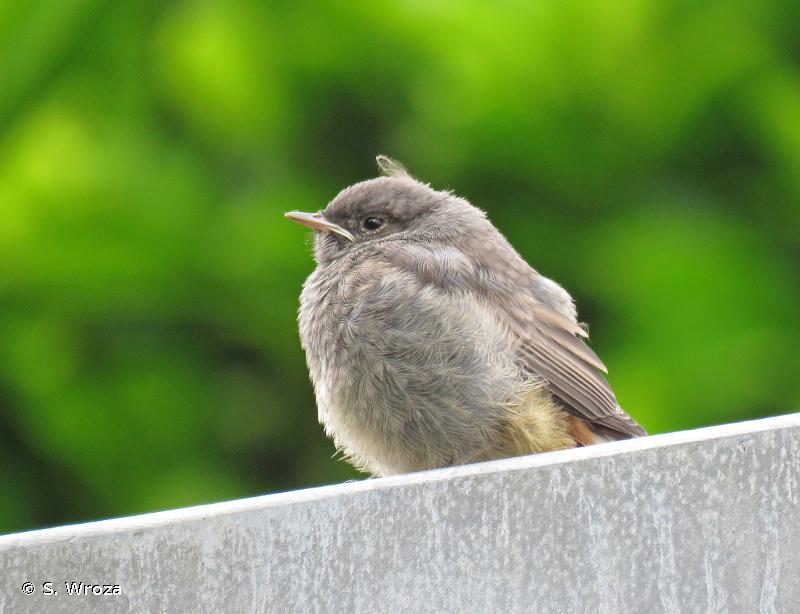
| Author : S. Wroza |
 |
Despite the Creative Commons license, please inform the author of the use which will be made of his photo
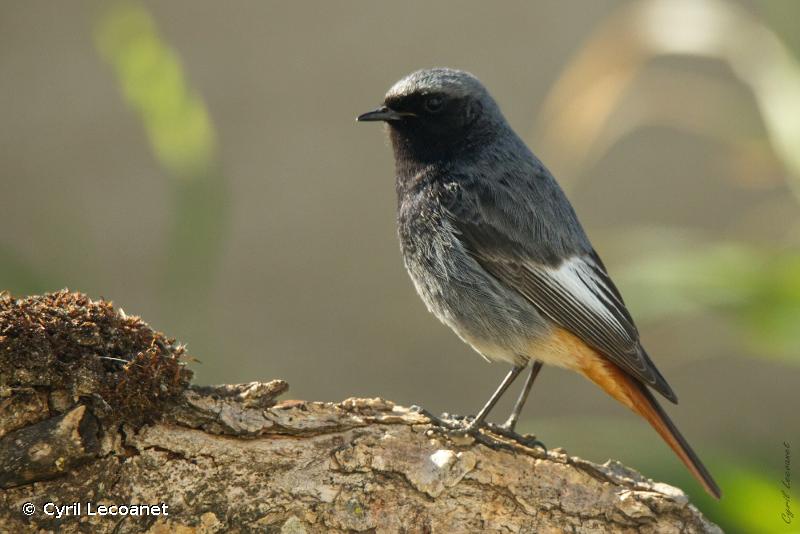
| Author : Cyril Lecoanet |
 |
To get the picture, please visit:
Cyril Lecoanet
email: inpn@mnhn.fr
Observation partagée via l'application INPN Espèces
Despite the Creative Commons license, please inform the author of the use which will be made of his photo
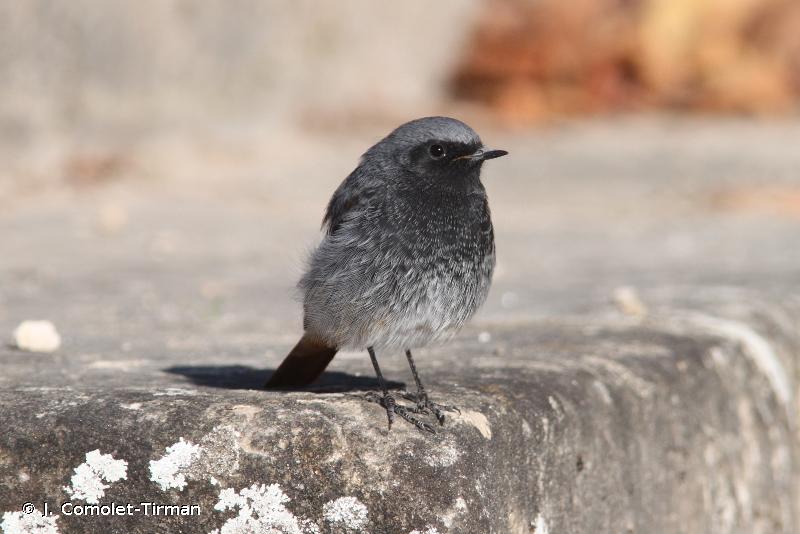
| Author : J. Comolet-Tirman |
 |
To get the picture, please visit:
Jacques Comolet-Tirman
email : inpn@mnhn.fr
Despite the Creative Commons license, please inform the author of the use which will be made of his photo
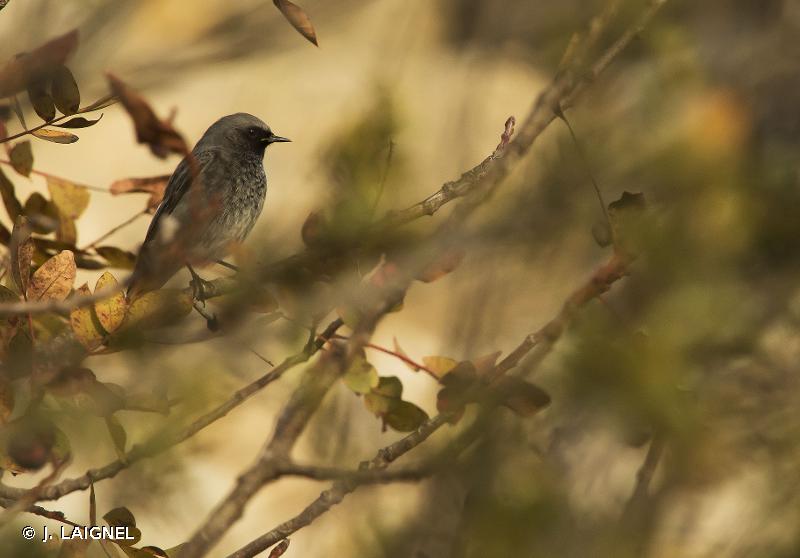
| Author : J. LAIGNEL |
 |
To get the picture, please visit:
Julien Laignel
Chargé de mission SNB - UMS2006-PATRINAT/MNHN
4, avenue du Petit Château
91800 BRUNOY
Tel.: 06.10.68.23.36
Mail: julien.laignel@9online.fr
Despite the Creative Commons license, please inform the author of the use which will be made of his photo

| Author : B. GUICHARD/PatriNat |
 |
Despite the Creative Commons license, please inform the author of the use which will be made of his photo
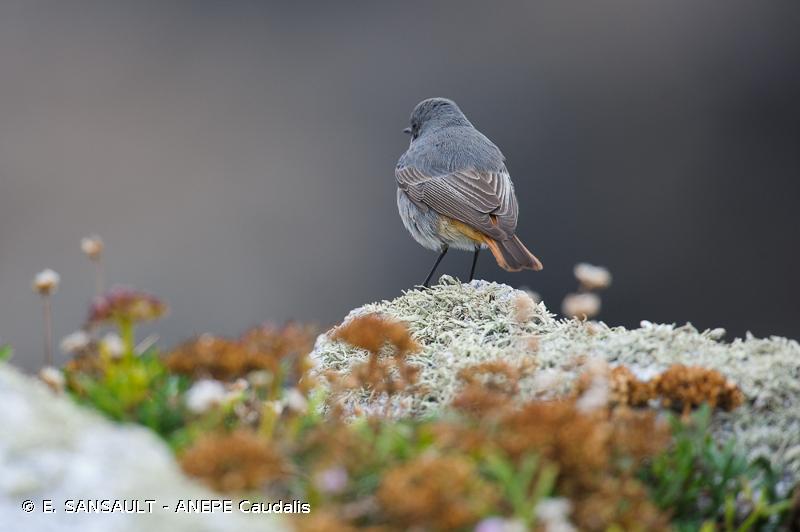
| Author : E. SANSAULT - ANEPE Caudalis |
 |
To get the picture, please visit:
Eric Sansault
ANEPE Caudalis
email : inpn@mnhn.fr
Despite the Creative Commons license, please inform the author of the use which will be made of his photo

| Author : P. Gourdain |
 |
To get the picture, please visit:
Philippe GOURDAIN
Muséum national d'Histoire naturelle - Service du Patrimoine Naturel
36 rue Geoffroy Saint-Hilaire
CP 41
75 231 PARIS CEDEX 05
e-mail : inpn@mnhn.fr
Legend: Escrennes
Despite the Creative Commons license, please inform the author of the use which will be made of his photo
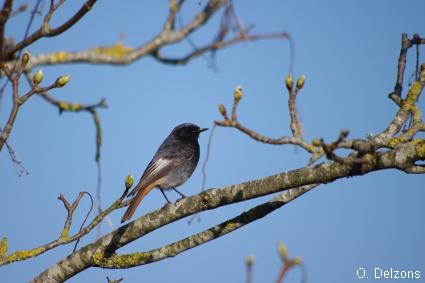
| Author : O. Delzons |
 |
To get the picture, please visit:
Olivier DELZONS
Muséum national d'Histoire naturelle - Service du Patrimoine Naturel
36 rue Geoffroy Saint-Hilaire
CP 41
75 231 PARIS CEDEX 05
e-mail : inpn@mnhn.fr
Despite the Creative Commons license, please inform the author of the use which will be made of his photo
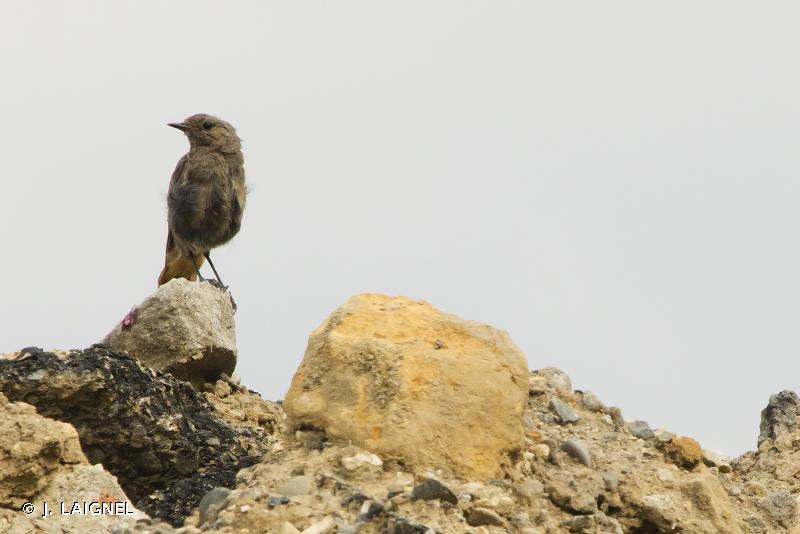
| Author : J. LAIGNEL |
 |
To get the picture, please visit:
Julien Laignel
Chargé de mission SNB - UMS2006-PATRINAT/MNHN
4, avenue du Petit Château
91800 BRUNOY
Tel.: 06.10.68.23.36
Mail: julien.laignel@9online.fr
Despite the Creative Commons license, please inform the author of the use which will be made of his photo
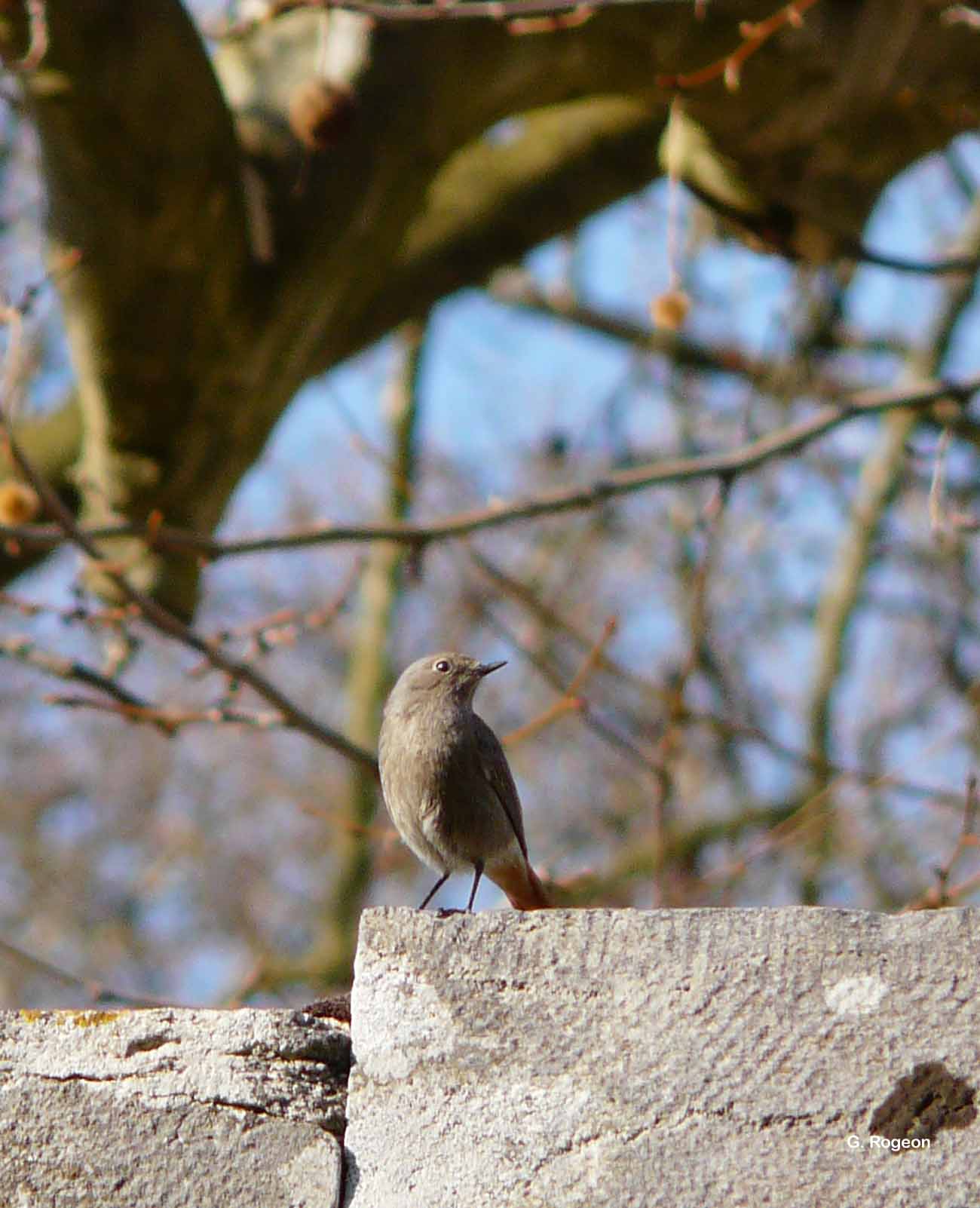
| Author : G. Rogeon |
 |
To get the picture, please visit:
Géraldine ROGEON
Muséum national d'Histoire naturelle - Service du Patrimoine Naturel
36 rue Geoffroy Saint-Hilaire
CP 41
75 231 PARIS CEDEX 05
e-mail : inpn@mnhn.fr
Legend: Besançon
Any reuse of one or more photographs on this site is subject to an authorization request from the author.
Link to the Code of Intellectual Property (Legifrance)
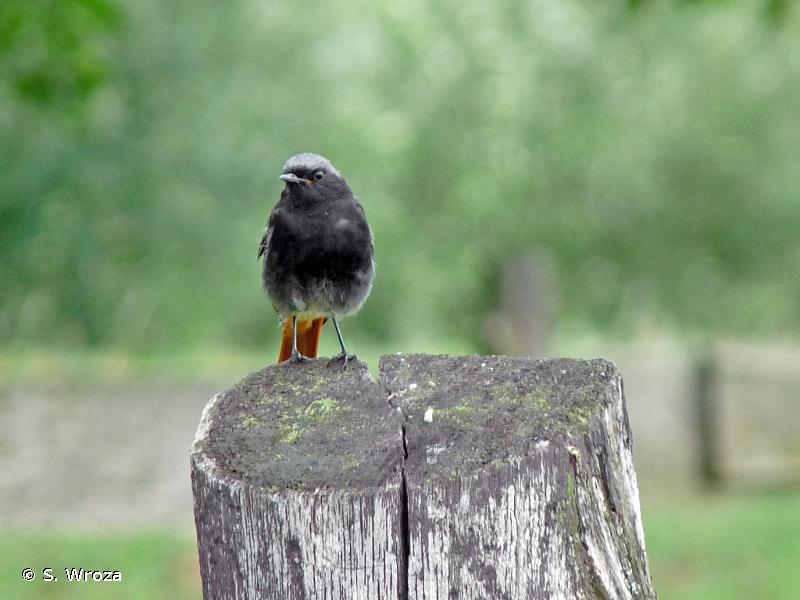
| Author : S. Wroza |
 |
Despite the Creative Commons license, please inform the author of the use which will be made of his photo
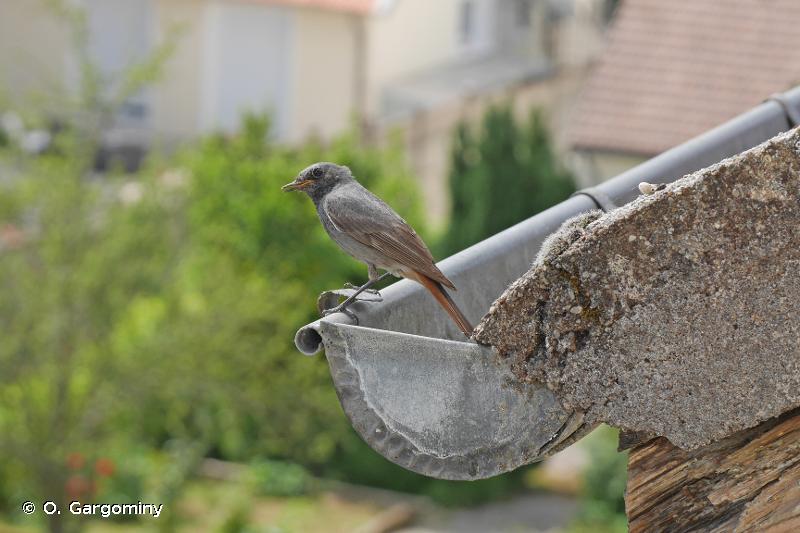
| Author : O. Gargominy |
 |
To get the picture, please visit:
Olivier Gargominy
Muséum national d'Histoire naturelle - Service du Patrimoine Naturel
36 rue Geoffroy Saint-Hilaire
75 231 PARIS CEDEX 05
mail : inpn@mnhn.fr
Despite the Creative Commons license, please inform the author of the use which will be made of his photo

| Author : S. Wroza |
 |
Despite the Creative Commons license, please inform the author of the use which will be made of his photo
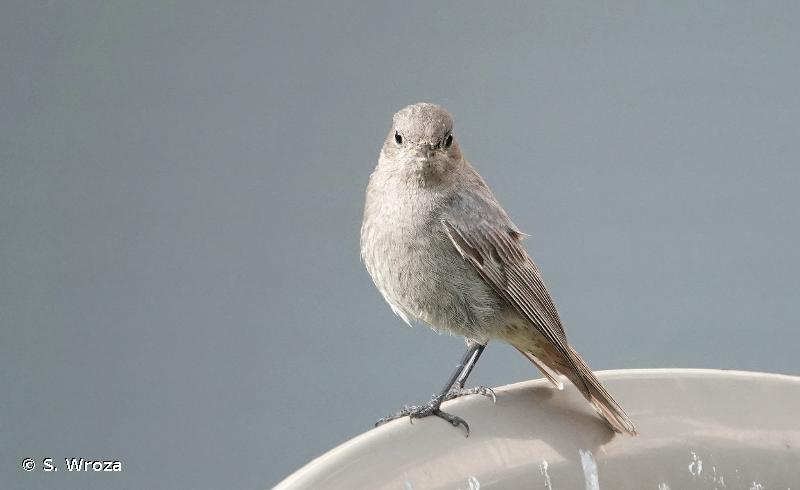
| Author : S. Wroza |
 |
Despite the Creative Commons license, please inform the author of the use which will be made of his photo
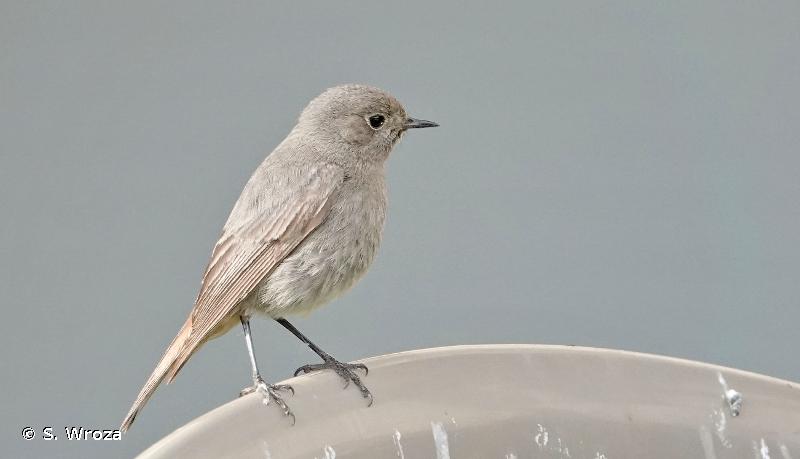
| Author : S. Wroza |
 |
Despite the Creative Commons license, please inform the author of the use which will be made of his photo
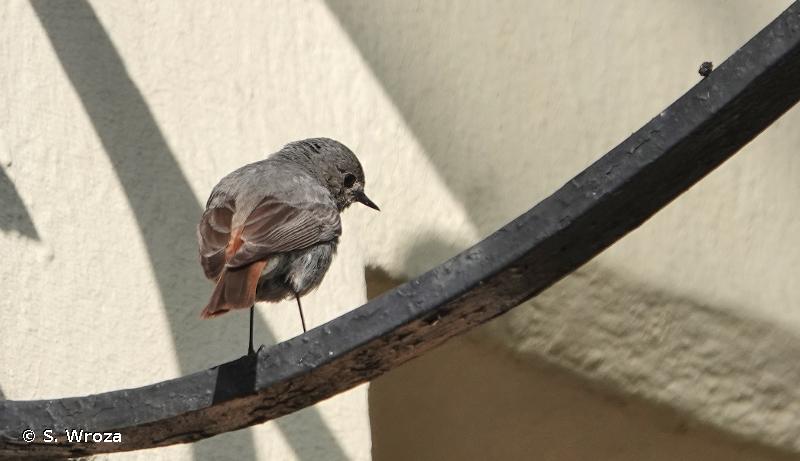
| Author : S. Wroza |
 |
Despite the Creative Commons license, please inform the author of the use which will be made of his photo
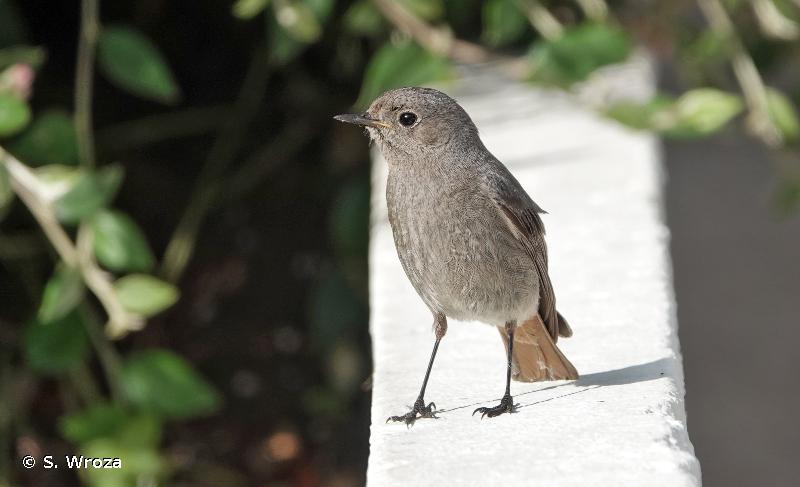
| Author : S. Wroza |
 |
Despite the Creative Commons license, please inform the author of the use which will be made of his photo
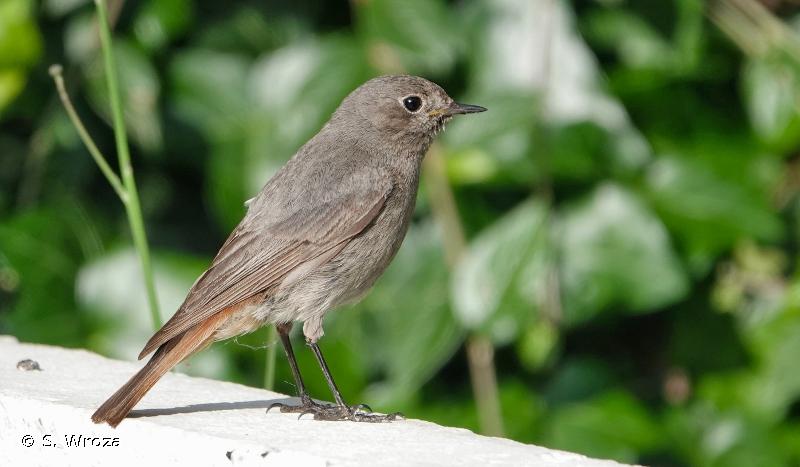
| Author : S. Wroza |
 |
Despite the Creative Commons license, please inform the author of the use which will be made of his photo
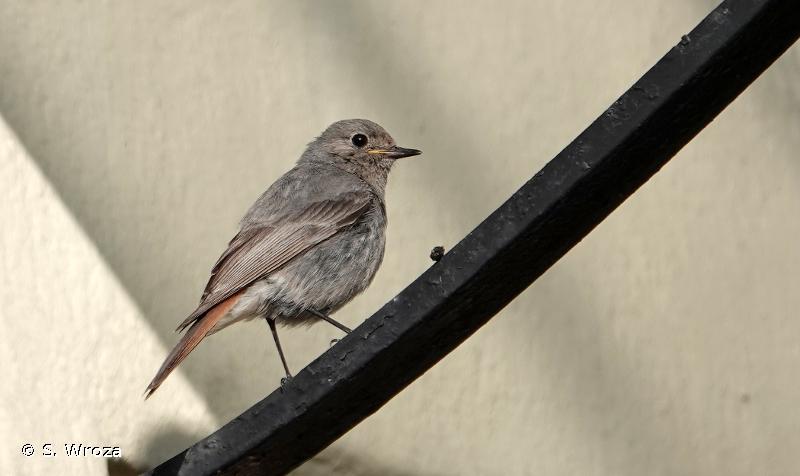
| Author : S. Wroza |
 |
Despite the Creative Commons license, please inform the author of the use which will be made of his photo
Longueur 14,5 cm, envergure 23-26 cm, poids moyen 16 g.
Ce petit passereau était à l'origine inféodé aux habitats naturels de rochers, falaises et éboulis, en particulier en montagne. Il a su s'adapter à des habitats artificiels tels que les carrières et les constructions humaines, d'où à l'heure actuelle une vaste distribution en plaine également y compris dans les grands centres urbains.
Le Rougequeue noir se nourrit de toutes sortes d'insectes et d'invertébrés. A l'automne en particulier, il recherche aussi les fruits et les baies.
L'espèce est migratrice partielle, envoyant à l'automne des contingents dans la péninsule ibérique voire jusqu'en Afrique du Nord, alors même que certains individus hivernent chez nous, rejoints par des migrateurs nordiques. La migration d'automne est sensible en octobre notamment, celle de printemps a lieu en mars-avril, parfois dès la fin de février. Le chant du mâle est un gazouillis précipité suivi d'un étrange bruit de papier froissé et de quelques notes finales.
La saison de nidification commence en avril, parfois dès la fin de mars, et s'achève en juillet. Le nid est édifié dans un trou de rocher ou dans un mur, les cavités à large ouverture étant préférées. Les matériaux utilisés sont les herbes sèches, feuilles et autres matières végétales, la coupe interne étant garnie de plumes ou de poils. La ponte comprend 4 à 6 œufs couvés par la femelle. Les oisillons éclosent au bout de deux semaines (13 à 17 jours), et sont activement nourris par les deux parents. Ils prennent leur envol au bout de deux semaines (12 à 19 jours). Il peut y avoir deux (voire trois) nichées successives.
J. Comolet-Tirman(UMS 2006 Patrimoine Naturel (AFB / CNRS / MNHN)),2012
Continental
Metropolitan France
Overseas
Marine
Metropolitan France
Overseas
The map presents a summary at the 10 x 10 km grid of the observation data for the species transmitted to the SINP. These data have been subjected to validation filters.
The map presents a reference distribution layer of the species at the scale of departments and marine sectors. The presence and absence data were established by expertise within a network of partners. This reference distribution is used in the validation process of the SINP data at the INPN level.
Corresponds to a report on the basis of at least one observation proved within a period of 10 years (20 years for little-known invertebrates) preceding the year and no presumption of extinction since obtaining the last data nor doubt on reproductive and implemented nature of this population. For migratory species, the presence indicated concerns areas of reproduction.
This status is based on one or more of the following criteria:
This point covers the absence, more difficult by nature to demonstrate than presence. This status is based on one or more of the following criteria:
This status must be assigned to a department in which the presence of the species is casual.
Particular case of absence due to a proven extinction less than a half century ago (older disappearances are treated as "no probable or definite").
In the state of knowledge, we can not comment on the presence or absence in the current department. This is the default status when not comprised in one of the previous categories or whenever there is doubt.
The map shows the global distribution of the species based on GBIF data (Global Biodiversity Information Facility).
